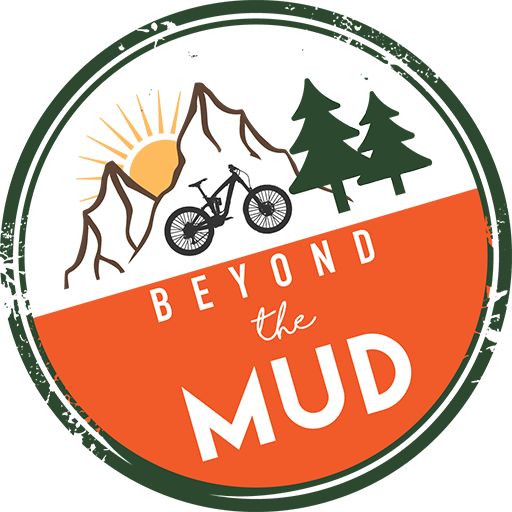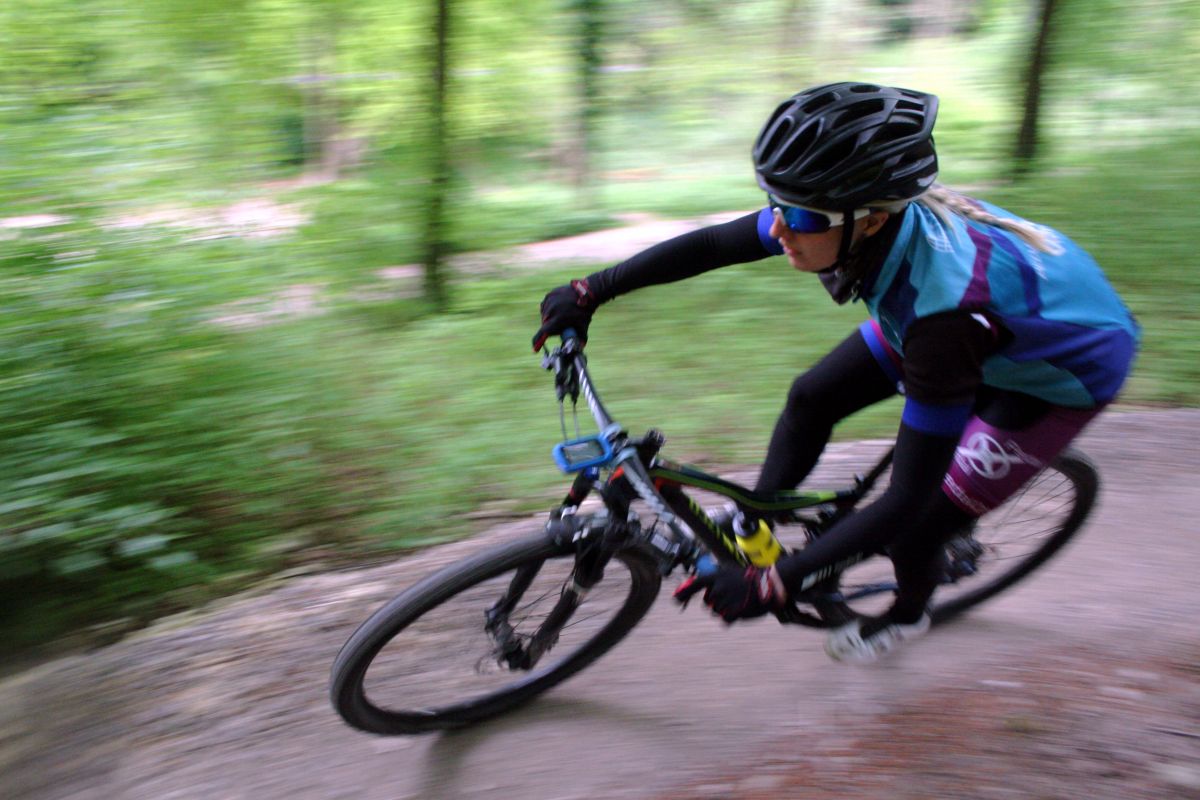The shortest day of the year may be behind us but winter is in full swing! Winter is a great time to put in some base training and work on your overall fitness for the spring/summer.
Here are my top tips:
Running: I am not a natural runner, but during the winter I like to put on my trainers, wrap up warm and head out for a 20/30 minute run to stretch my legs, release some endorphins and enjoy being active outside. Try adding some squat jumps or lunges to your run to build leg strength.
Strength & Conditioning in the gym: Working on your general strength is really important, cycling is a non-load bearing sport so putting in some time during the winter to build on your bone strength, build bone density and do some resistance training could really pay off and improve your cycling.
Pilates: Pilates is a fantastic way of keeping your core strength up. Your core muscles keep you in a good riding position, with correct alignment enabling you to ride for longer.
Fartleck Training: Fartlek is Swedish for “speed play,” and that is exactly what it’s all about. Unlike tempo and interval training, fartlek is unstructured and alternates moderate-to-hard efforts over a period of time. After a 15 / 20 minute warm-up, play with speed by cycling faster for short efforts (how short and how hard is up to you), then use an easy effort to recover, this should always be slightly longer than your hard effort. This can be great fun in a group to bring in a competitive element sprinting to the next lampost or end of the road. (Please be aware and careful of the traffic and obstacles)
Training explained
This session mixes up working anaerobically and aerobically.
Anaerobic exercise is a physical exercise intense enough to cause lactate to form. It is used by athletes in non-endurance sports to promote strength, speed and power.
Aerobic exercise is any physical activity that makes you sweat, causes you to breathe harder, and gets your heart beating faster than at rest. It strengthens your heart and lungs and trains your cardiovascular system to manage and deliver oxygen more quickly and efficiently throughout your body. Aerobic exercise uses your large muscle groups, is rhythmic in nature, and can be maintained continuously for at least 10 minutes.


